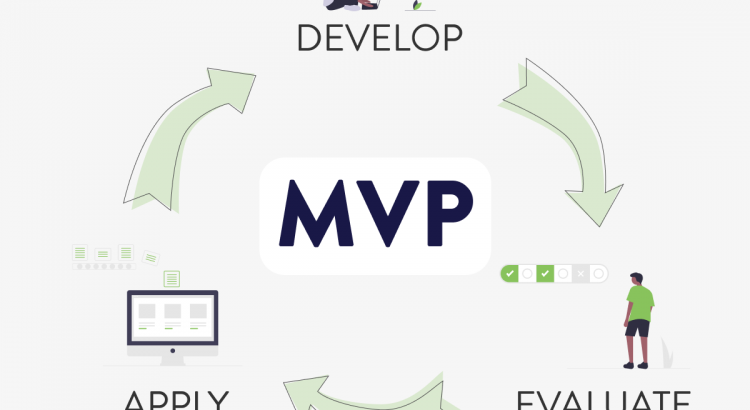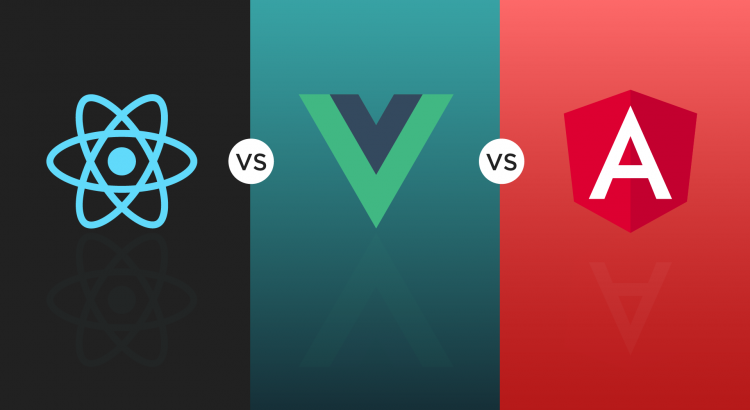In today’s digital era, Artificial Intelligence (AI) & Machine Learning (ML) are turning to be more and more important to digital operations. Every business wants to authorize its IT ecosystem by incorporating AI & ML with .NET applications and other enterprise solutions and apps.
Reasons to Implement AI & ML in .NET apps
Businesses should look at AI & ML using the lenses of commercial capabilities, performance and productivity. By integrating AI and ML with .NET applications, companies can automate as well as optimize workflows, personalize experiences and gain new visions into their data, which can aid increase productivity and efficiency.
Following are a few reasons why you should integrate AI & ML in .NET apps-
- Process Automation – By incorporating ML and AI in .NET apps, you acquire an opportunity to flawlessly automate digital & physical tasks that are usually repetitive, error-prone and time-consuming. It permits employees to emphasis on other critical tasks & increase efficiency. For example: transferring consumer data from individual systems to centralized server.
- Predictive Analytics – Using AI algorithms & ML models, dot NET apps can detect fine patterns in a large mass of data and understand their meaning. Integrating ML and AI with .NET apps helps industries predict the prospective action a client or user would take. Predictive insights permit companies to make informed decisions & be prepared for what will happen shortly. For example: predicting if a client is going to purchase a particular product or not.
- Personalization – Combining AI & ML with .NET apps let companies to customize a user journey. It empowers .NET web apps to track information about a user & your business requirement. It can comprise demographics, tastes, interests, previous history, personal info, and more. For example: displaying modified content to the user, guaranteeing accurate or range of personal interest to present to a user visiting a site for second time.
- Advanced Analytics – ML and AI with .NET apps enable the processing of huge amounts of intricate data sets in real-time to create precise responses. Progressive analytics enable the businesses to make data-driven decisions by offering specific insights and endorsements. For instance: sentiment analysis is one-way, as well as advanced analytics is used for examining customer feedback & gaining insights into their opinions, satisfaction and preferences.
Bottom Line-
The sphere of software development is continually evolving, and with it, the technologies and tools used to create apps. One of the newest trends in software development is integration of AI and ML with .NET apps. It offers a lot of benefits for users and businesses. AI & ML can increase functioning by automating routine tasks, improving workflows, and delivering predictive insights. It can improve effectiveness by personalizing experiences & providing real-time data investigation.





